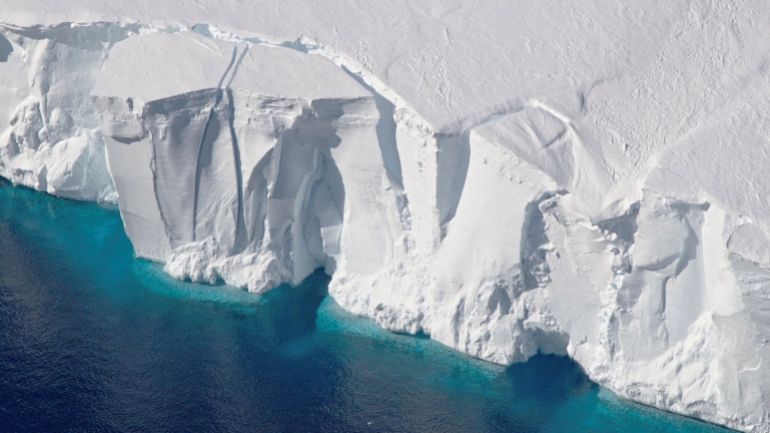Global warming likely to breach 1.5C threshold for first time
It is near certain that the next five years will be the warmest period ever recorded, the United Nations has warned, as greenhouse gases and El Nino combine to send temperatures soaring.
For the first time, global temperatures are now more likely than not to breach 1.5 degrees Celsius (2.7 degrees Fahrenheit) of warming until 2027, the World Meteorological Organization said on Wednesday.
The WMO found that an El Nino weather pattern expected to develop in the next few months could have an effect.
The cooling La Nina conditions over the past three years, which ended in March 2023, have restricted the rise in global temperatures.
But the El Nino natural phenomenon will see waters in the tropical Pacific heat the atmosphere above, spiking global temperatures.
“This will have far-reaching repercussions for health, food security, water management and the environment. We need to be prepared.”
Jemilah Mahmood, a physician and expert at the Malaysia Climate Action Council, told Al Jazeera: “I think that the risk is real for everyone, whether you live in the northern hemisphere or the developing world.
“No amount of work and advocacy in the climate space is enough when we have governance that is favouring fossil fuel production. We need to re-examine why there is so much inaction.”
She said the WMO report left her feeling “angry”.
“We are facing what the UN has called an uncertainty complex. How can we accept this growing number year on year and wonder why humanitarian needs are increasing?”

With a 66 percent chance of temporarily reaching 1.5C by 2027, “it’s the first time in history that its more likely than not that we will exceed 1.5C”, said Adam Scaife, the head of long-range prediction at Britain’s Met Office Hadley Centre who worked on the WMO’s latest Annual to Decadal Climate Update.
The WMO also found a 98 percent chance that one of the next five years will be the hottest on record, surpassing 2016, which saw global temperatures affected by about 1.3C of warming.
Unlike the UN Intergovernmental Panel on Climate Change’s climate projections, which are based on future greenhouse gas emissions, the WMO’s predictions are made on long-range weather forecasts.
“There’s been flooding in many parts of the world, there’s been droughts across the world, [and] they are increasing in frequency these extreme temperatures,” Leon Hermanson, a Met Office scientist who worked on the report, told Al Jazeera.
“We’re even seeing extreme snowfall in regions, because although it needs to be cold to snow, there are also more areas which previously were too cold to have much moisture in the air – and now they’re seeing a lot of snow.”
The 2015 Paris Agreement set out long-term goals to guide countries to reduce gas emissions and limit the global temperature increase in this century to 2C, while working towards a greater limit of 1.5C.
But the likelihood of temporarily exceeding 1.5C has increased over time as human-induced greenhouse gasses have led to increased ocean heating, sea ice and glacier melting.
Between 2017 and 2021, there was a 10 percent chance of exceeding the 1.5C threshold.



